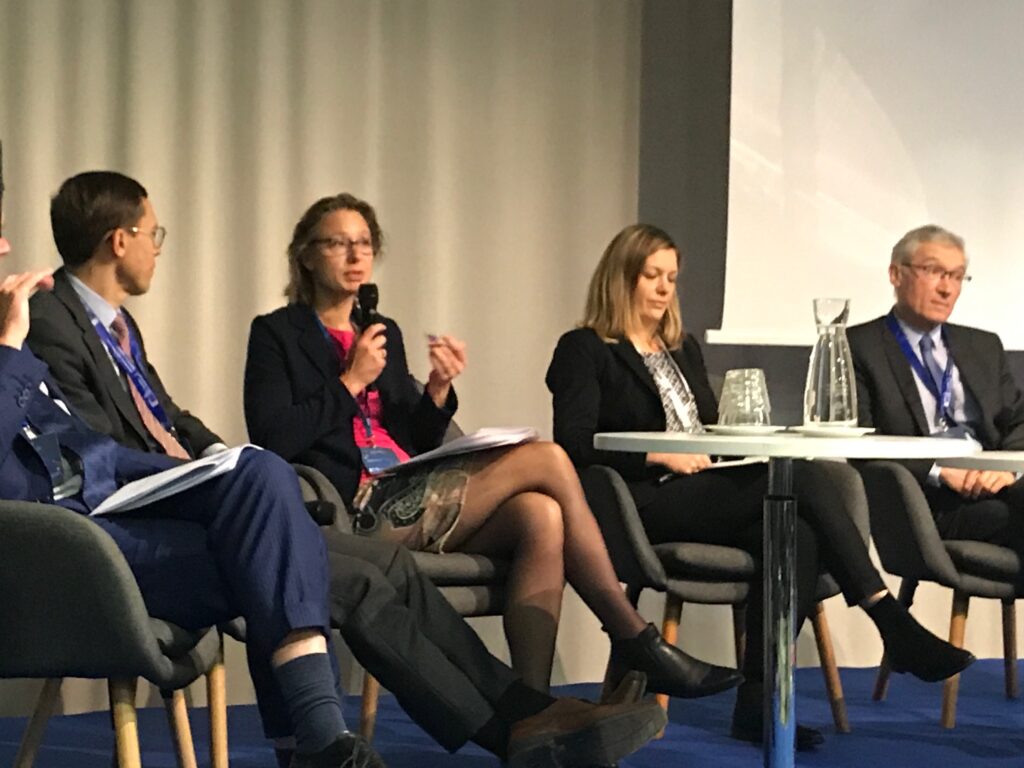One of the sessions at the 2019 Digital Transport Days in Helsinki focused on (the future of) National Access Points in Europe: ‘Building a data layer: Network of national (data) access points -NAP’. The idea of launching a bottom-up group of NAPs and National Bodies (NBs) was presented by EU EIP expert Timo Hoffmann, with the goal to exchange knowledge and experiences, common approaches, data standards, how to get data from international organisations, etc. This cooperation of NAPs and NBs should help to improve the operation, processes and content of the National Access Points. A kick-off workshop for representatives of European NAPs and NBs is organised for 30 October 2019 in Utrecht (NL), see this link for more information.
In the same session Marjolein Masclee (Rijkswaterstaat, DATEX II Coordinator and SG Chair) highlighted that in the Netherlands data sharing already existed before the delegated regulations were adopted. For example, the National Data Warehouse, already collected and shared data for 19 local, regional and national road authorities. And public transport companies already were obliged to provide various kinds of public transport data (timetables, bus stops, deviations from planning, etc.) to NDOV. Thus, the need for data sharing is fully supported by Dutch road and public transport authorities.
The panel session was chaired by Claire Depré (EC – DG MOVE), who summarised the main conclusions at the end of the session:
- We need to do more, also on the governance;
- Widen and deepen the cooperation;
- Make sure to have the private sector onboard;
- Standards are essential, European profiles are need and cooperation with standardisation bodies should be strengthened;
- NAPs should evolve in order to be able to include new developments such as in micro-mobility;
- Use cases are needed, with more focus on the services needed and identification of possible data gaps;
- How to include cross-border services (e.g. international rail services) in the NAPs.


